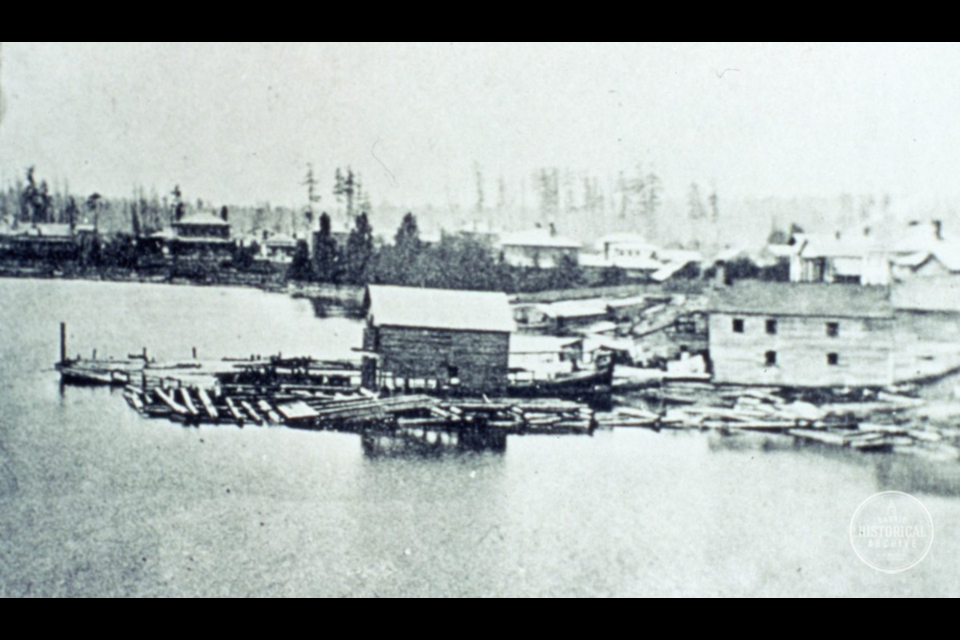Samuel was a very well-educated man from a family with some means. The young Ardagh was the eldest of the 14 children born to Rev. Arthur Ardagh, rector of Moyglare in County Meath, Ireland, and his wife, Ann Brown. It seemed only natural that he follow his father’s calling, and so he attended Trinity College in Dublin. After graduating in 1827, Samuel began serving in his father’s parish, and was soon appointed his assistant. Within a year, Samuel was also ordained as an Anglican priest, and became eager to set out on his own path.
Samuel’s father was a fiery man with strong opinions, and he cared little what others thought of him. Samuel too was a passionate man, and when he believed that something was right and just, he poured himself into it fearlessly and wholeheartedly. These traits served them both well in their profession, as being a clergyman in strongly divided Ireland was no easy task. A lot of their work involved trying to convert Catholics to the Protestant faith, which was understandably unpopular with many.
The Ardagh (originally Ardaff) family had left Wales over 500 years earlier during the conquest of that land by English King Edward I. Since that time, they had remained loyal to all things English and had supported the Plantation campaigns of subsequent rulers who had been settling British Protestants in Ireland in an effort to push out the native Catholics. As a result, they had been given lands and power, and done quite well for themselves.
In 1828, Samuel married Martha Anderson who was a cousin of one of his college friends. They went immediately to the city of Waterford to begin his ministry there, and remained for 14 years. Samuel knew that it would be difficult and, at times, dangerous work. Being a zealous English Church missionary in the Gaelic-speaking Catholic Irish south was risky on a good day.
Early in his career, he had succeeded in converting a dying woman to his faith, and had one day gone to comfort her and found that she had been carried away by some local women and a few Catholic priests. Samuel found her and a battle for her choice of religion ensued. At one point, the women tried to throw him from a fourth-floor window, but he was saved by the priests. He managed to return later and remove the patient to another place where she eventually passed away. At her funeral, Samuel was pelted with stones, pushed into the grave and half-buried before he could get free and escape.
Even his walk home was perilous. He once found a man, dressed much like himself, lying on the road near the Ardagh home in the half darkness, nearly beaten to death. It was clear to him that this had been meant as an attempt on his life, but the wrong man had been attacked.
The last of many warnings came in the spring of 1842. A horrifying and very clear message was found just outside his house one morning. It was the head of a child, exhumed from a nearby cemetery, with a note attached that demanded that he desist against speaking against the Roman Catholic religion.
Samuel was not easily frightened, and likely would have continued on his mission, but Martha was suffering badly from the stress of her husband’s activities, and her health had begun to fail. It was then that Samuel’s thoughts began to turn to Canada.
At that time, Simcoe County was only beginning to be settled, and Barrie was just one of many dots on the map in a place that was still mostly woods. Samuel had been corresponding with a Col. O’Brien who stressed the need for missionary workers in the area. Shanty Bay was the centre of the English Mission, and the rector there, Rev. T.H.M. Bartlett, had had enough of the isolation and was hoping that a replacement might relieve him.
Samuel agreed to take the position. The Ardaghs sailed aboard the Thistle in August 1842 and arrived in Quebec 46 days later. From there, they traveled for two more weeks via the Rideau Canal and then overland to Toronto. Next, the large Ardagh party was brought north along some of the worst imaginable mud and corduroy roads, on a convoy consisting of one stage coach and several baggage carts.
Samuel was amazed at the rates for this mode of transportation. First class ticket holders could ride the entire way, but second and third-class passengers were expected to get out and push the conveyance any time it got bogged down in the mud!
At last, the weary Ardagh group boarded a steamer at Holland Landing and arrived in Shanty Bay on Oct. 7, 1842. The dozen or so family members and servants immediately found the three-room cabin of the departed minister too small to accommodate them, and a single man in the village kindly exchanged his larger dwelling for theirs.
Welcome to Canada, Rev. Ardagh. Life will be much better here… or will it?
Each week, the Barrie Historical Archive provides BarrieToday readers with a glimpse of the city’s past. This unique column features photos and stories from years gone by and is sure to appeal to the historian in each of us.



